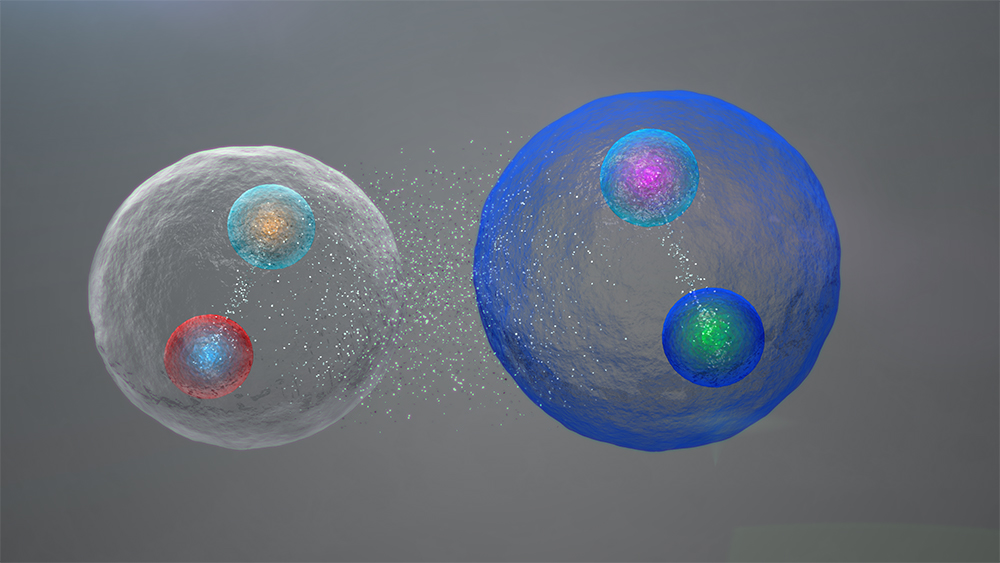Alzheimer’s disease is a progressive disorder that results in wearing away of brain cells. Sadly, there is no cure for this disease. At least no one has found one yet. There is no way to reduce the extent of damage caused and there is no way to completely eradicate it, which is terrible considering the number of people that get affected by this disease yearly.
Memory loss is a key symptom of this disease. Apart from that, thinking, reasoning, and one’s logical skills also get affected and can progressively get worse as time goes on. The exact cause is unknown. However, much recently, scientists at Uppsala University Sweden, have some new findings. They have come to the conclusion that there is a specific protein in our brains that goes ahead and forms clumps and clusters which internally causes memory loss for the sufferers. This process is called aggregation. Since there hasn’t been a treatment found, scientists are trying their best to come up with some treatment options. This is why there are several treatment cycles in clinics. The main aim of most of these clinical trials is to try and bind the disease-causing aggregates.
The studies conducted by Uppsala University found out that there is a protein in our body, called peptide somatostatin which can activate the degradation of amyloid-beta which is the protein causing lumps, as stated earlier. Now how did they put this information into use? Scientists tried using this as a drug but this drug had a very short life and couldn’t cross the blood barrier to the brain where the aggregation occurs. So that was a flop.
So now, they had to think of other ways to get this somatostatin into the brain. After a lot of research, they finally figured out a way, which proved to be effective. They fused somatostatin into a brain transport protein; which thus allowed it to enter the brain and stay there for a while. The results were actually staggering! It proved to be extremely efficient and the researchers were beyond overwhelmed with the results. They found out that the greatest effect was found in the hippocampus which is the part of the brain where memories are formed and stored long term. The study was conducted in mice, but scientists believe that it will have the same effect on humans. This has been the most effective method found so far. The Uppsala University and other universities will continue to explore different treatment methods, methods that can reach a larger part of the brain, thus increasing the efficiency of the treatment. Approximately 5.8 million people are affected by this disease and effective treatment needs to be found as soon as possible!





Leave a Reply